Hairy legs and vintage cars: The spider lovers festival celebrating tarantula mating season
A hairy leg contest takes place on the Colorado plains, when male spiders scurry out of their burrows in search of a mate
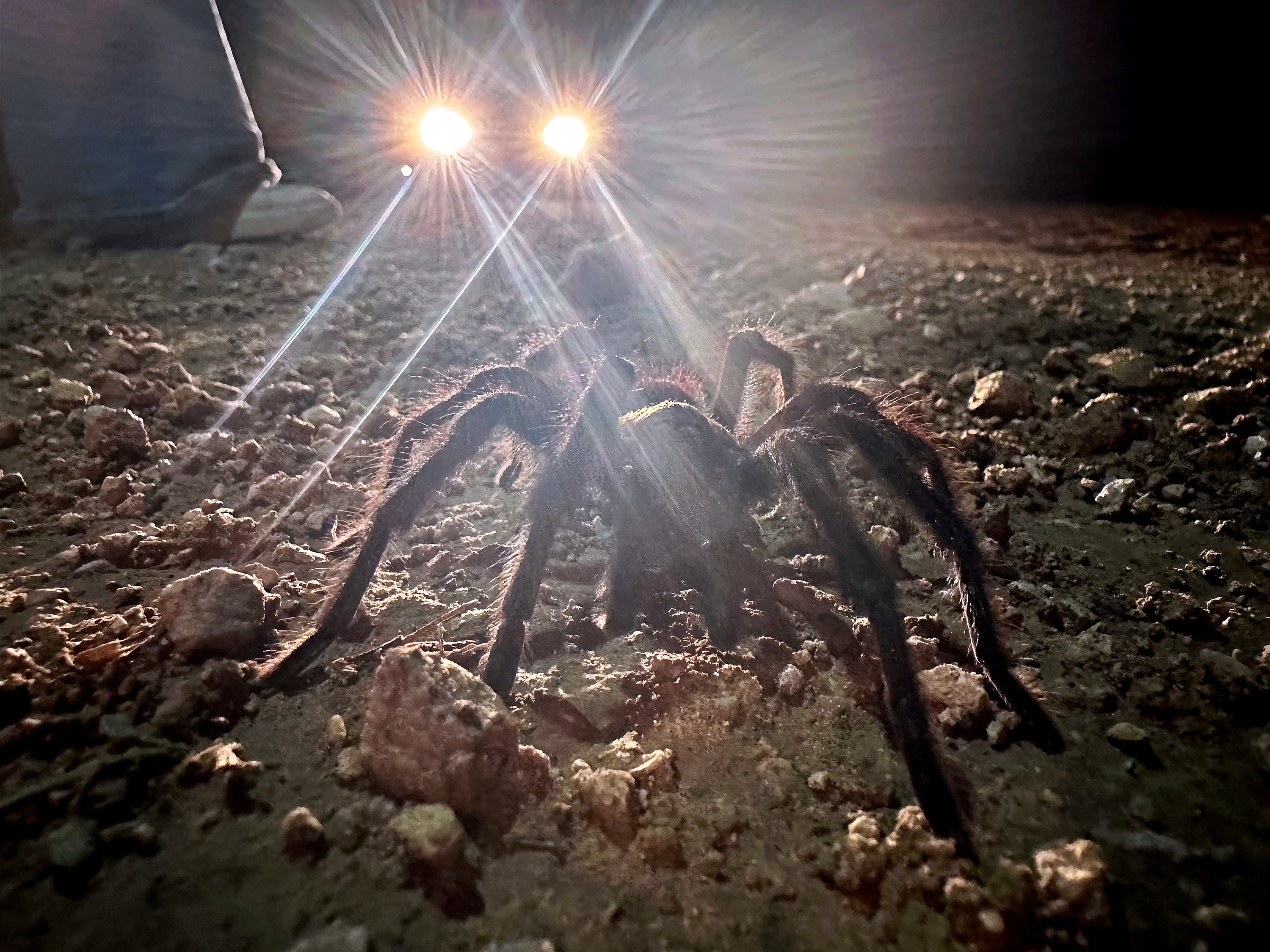
Your support helps us to tell the story
From reproductive rights to climate change to Big Tech, The Independent is on the ground when the story is developing. Whether it's investigating the financials of Elon Musk's pro-Trump PAC or producing our latest documentary, 'The A Word', which shines a light on the American women fighting for reproductive rights, we know how important it is to parse out the facts from the messaging.
At such a critical moment in US history, we need reporters on the ground. Your donation allows us to keep sending journalists to speak to both sides of the story.
The Independent is trusted by Americans across the entire political spectrum. And unlike many other quality news outlets, we choose not to lock Americans out of our reporting and analysis with paywalls. We believe quality journalism should be available to everyone, paid for by those who can afford it.
Your support makes all the difference.Love is in the air on the Colorado plains — the kind that makes your heart beat a bit faster, quickens your step and makes the hair on the back of your neck stand up.
It's tarantula mating season, when male spiders scurry out of their burrows in search of a mate, and hundreds of arachnophiles flock to the small farming town of La Junta to watch them emerge in droves.
Scientists, spider enthusiasts and curious Colorado families piled into buses just before dusk last weekend as tarantulas began to roam the dry, rolling plains. Some used flashlights and car headlights to spot the arachnids once the sun set.
Back in town, festivalgoers flaunted their tarantula-like traits in a hairy leg contest — a woman claimed the title this year — and paraded around in vintage cars with giant spiders on the hoods. The 1990 cult classic film “Arachnophobia,” which follows a small town similarly overrun with spiders, screened downtown at the historic Fox Theater.
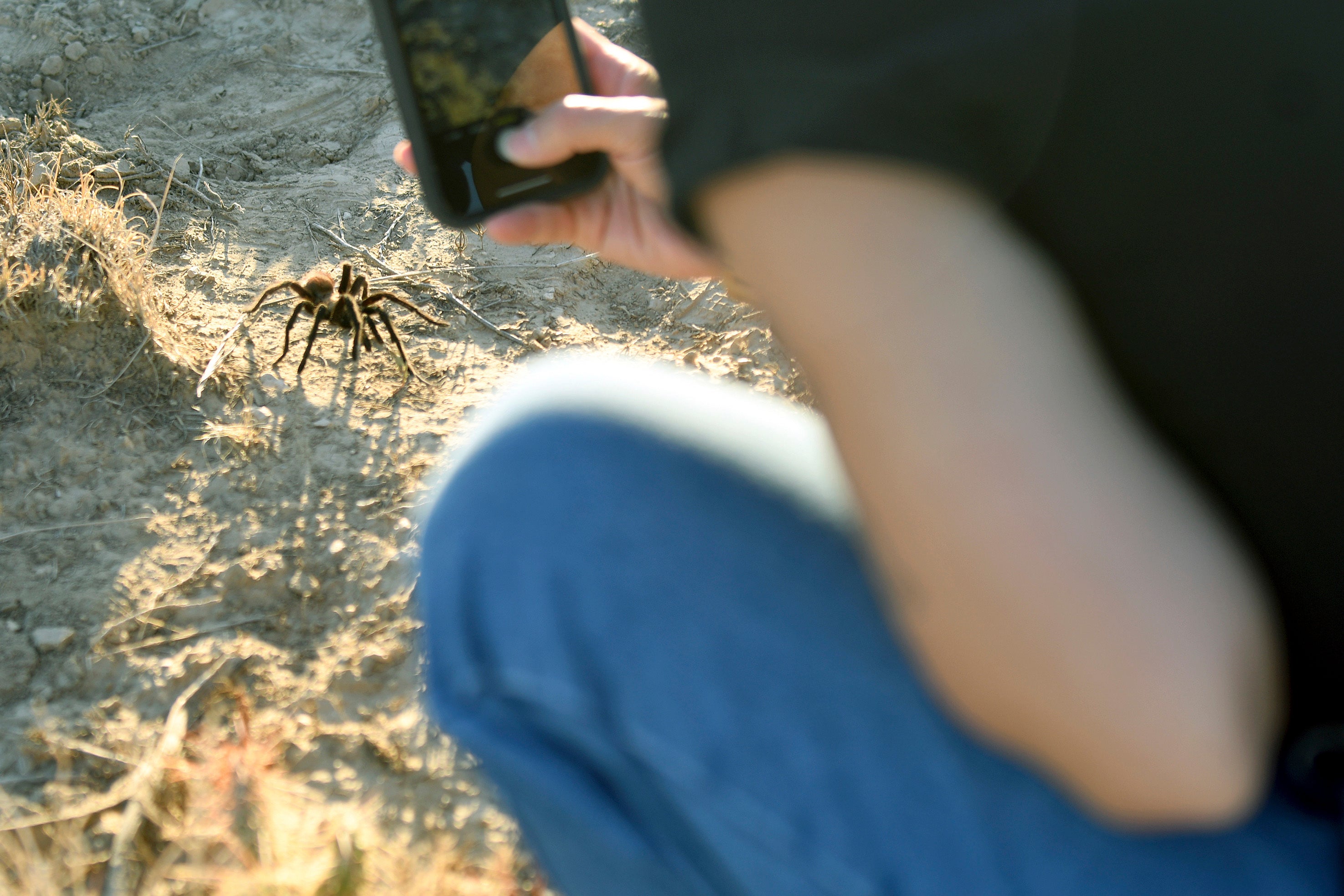
For residents of La Junta, tarantulas aren't the nightmarish creatures often depicted on the silver screen. They're an important part of the local ecosystem and a draw for people around the U.S. who might have otherwise never visited the tight-knit town in southeastern Colorado.

Word spread quickly among neighbors about all the people they had met from out of town during the third year of the tarantula festival.
Among them was Nathan Villareal, a tarantula breeder from Santa Monica, California, who said he heard about the mating season and knew it was a spectacle he needed to witness. Villareal sells tarantulas as pets to people around the U.S. and said he has been fascinated with them since childhood.
“Colorado Brown” tarantulas are the most common in the La Junta area, and they form their burrows in the largely undisturbed prairies of the Comanche National Grassland.
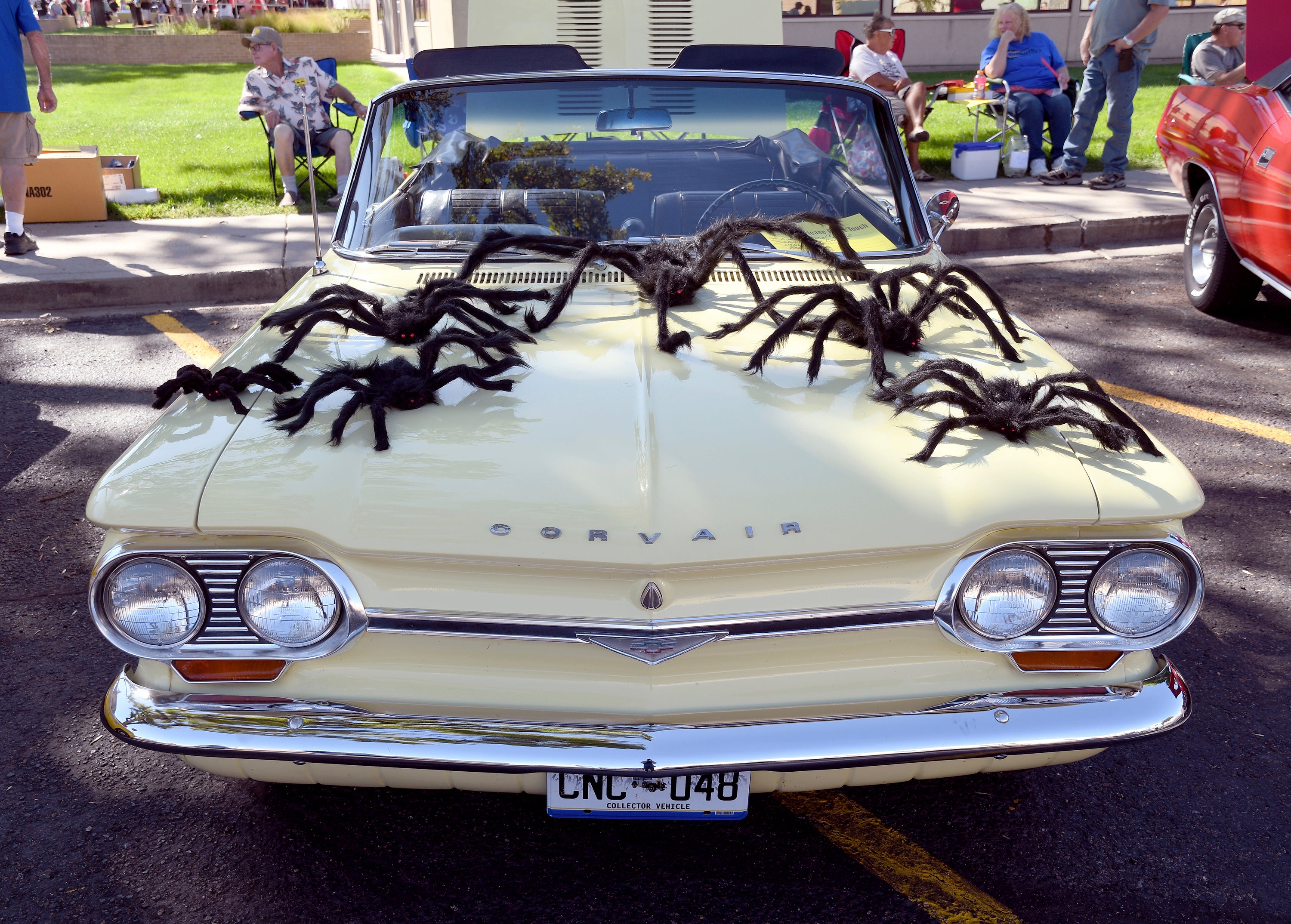
In September and October, the mature males wander in search of a female's burrow, which she typically marks with silk webbing. Peak viewing time is an hour before dusk when the heat of the day dies down.
“We saw at least a dozen tarantulas on the road, and then we went back afterwards and saw another dozen more," Villareal said.
Male tarantulas take around seven years to reach reproductive readiness, then spend the rest of their lifespan searching for a mate, said Cara Shillington, a biology professor at Eastern Michigan University who studies arachnids. They typically live for about a year after reaching sexual maturity, while females can live for 20 years or more.
The males grow to be about 5 inches long and develop a pair of appendages on their heads that they use to drum outside a female's burrow. She will crawl to the surface if she is a willing mate, and the male will hook its legs onto her fangs.
Their coupling is quick, as the male tries to get away before he is eaten by the female, who tends to be slightly larger and needs extra nutrients to sustain her pregnancy.
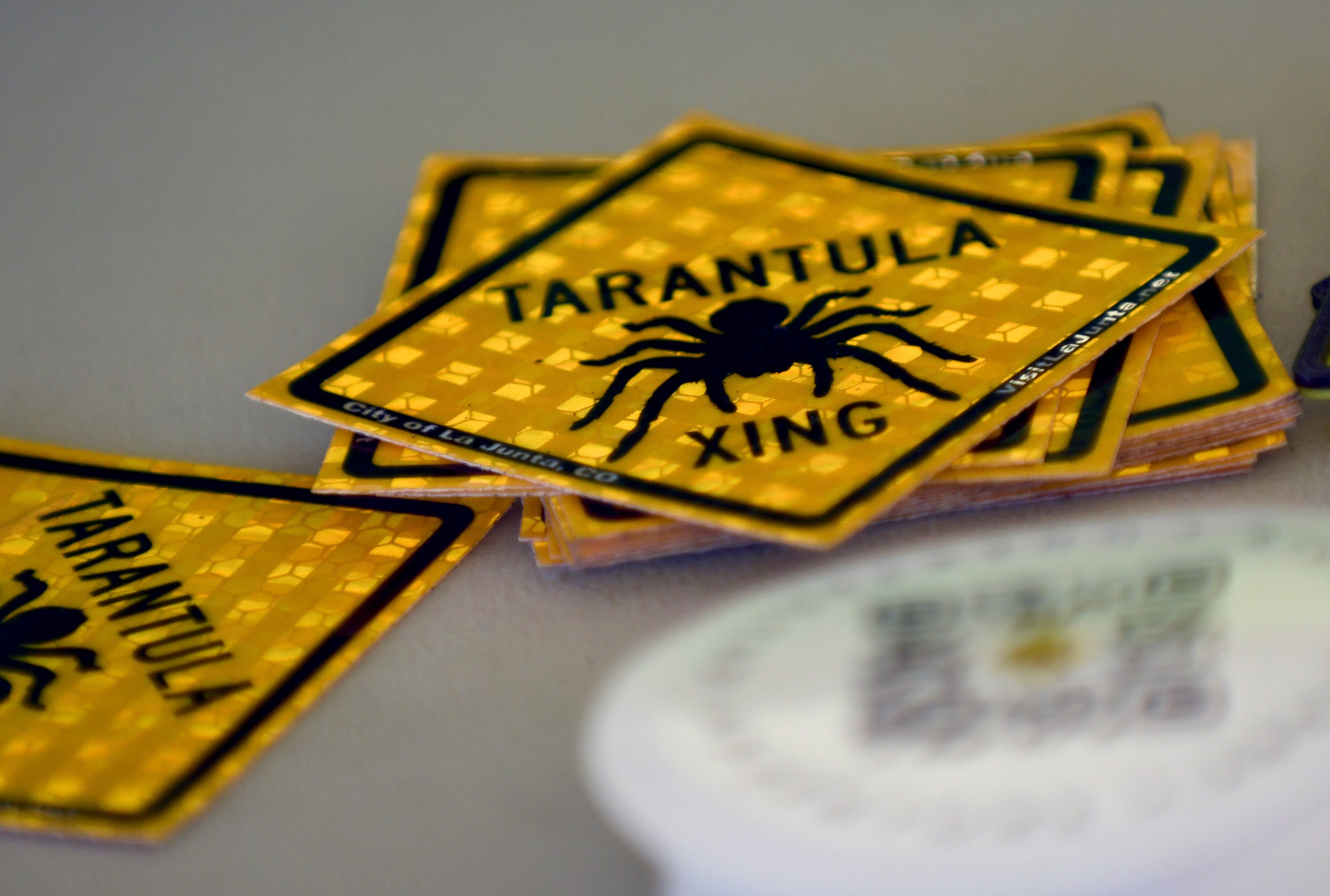
Like many who attended the festival, Shillington is passionate about teaching people not to fear tarantulas and other spiders. Tarantulas found in North America tend to be docile creatures, she explained. Their venom is not considered dangerous to humans but can cause pain and irritation.
“When you encounter them, they're more afraid of you,” Shillington said. “Tarantulas only bite out of fear. This is the only way that they have to protect themselves, and if you don't put them in a situation where they feel like they have to bite, then there is no reason to fear them.”
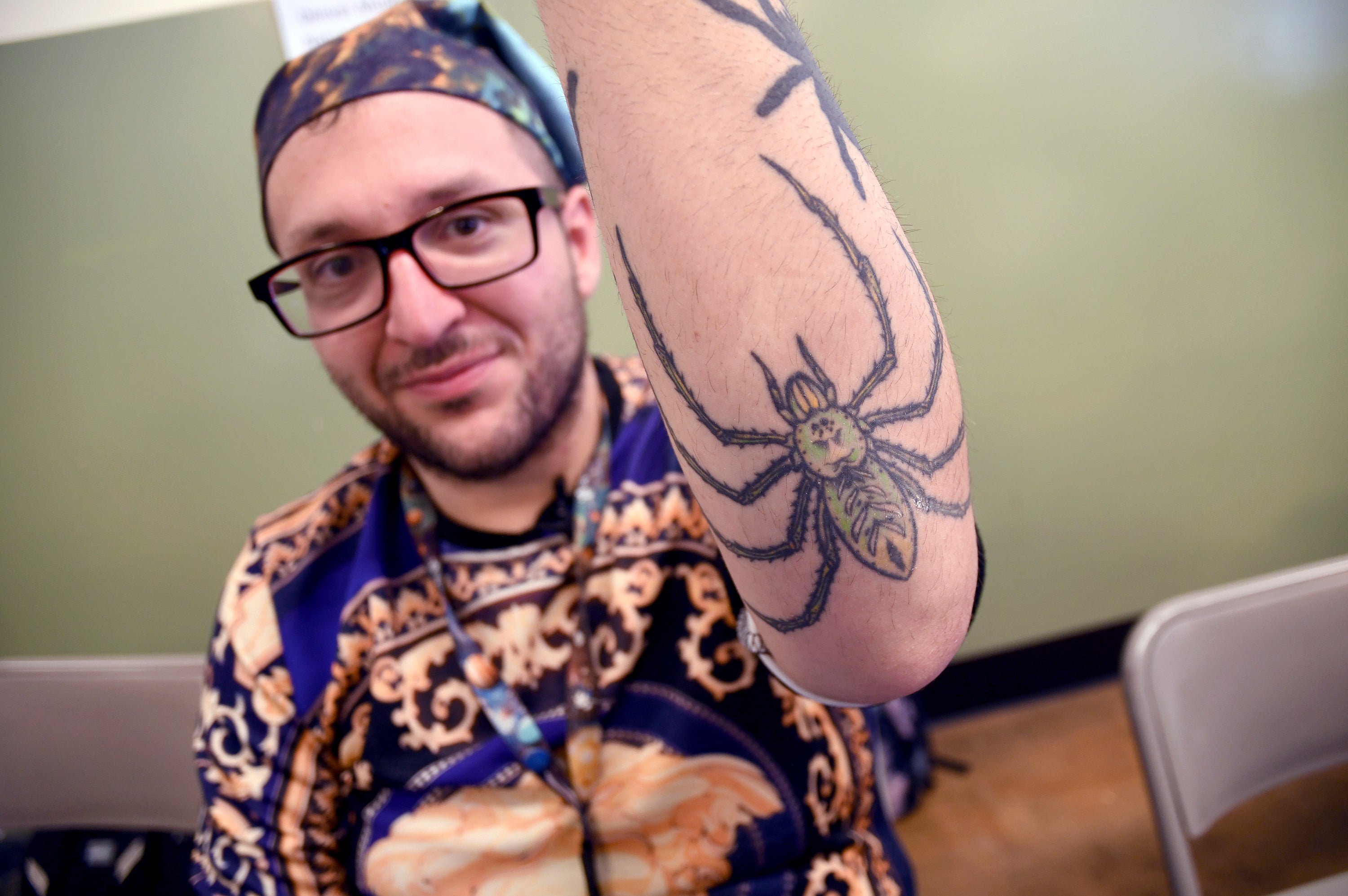
Many children who attended the festival with their families learned that spiders are not as scary as they might seem. Roslyn Gonzales, 13, said she couldn't wait to go searching for spiders come sunset.
For graduate student Goran Shikak, whose arm was crawling with spider tattoos, the yearly festival represents an opportunity to celebrate tarantulas with others who share his fascination.
“They're beautiful creatures,” said Shikak, an arachnology student at the University of Colorado Denver. “And getting to watch them do what they do ... is a joy and experience that's worth watching in the wild.”